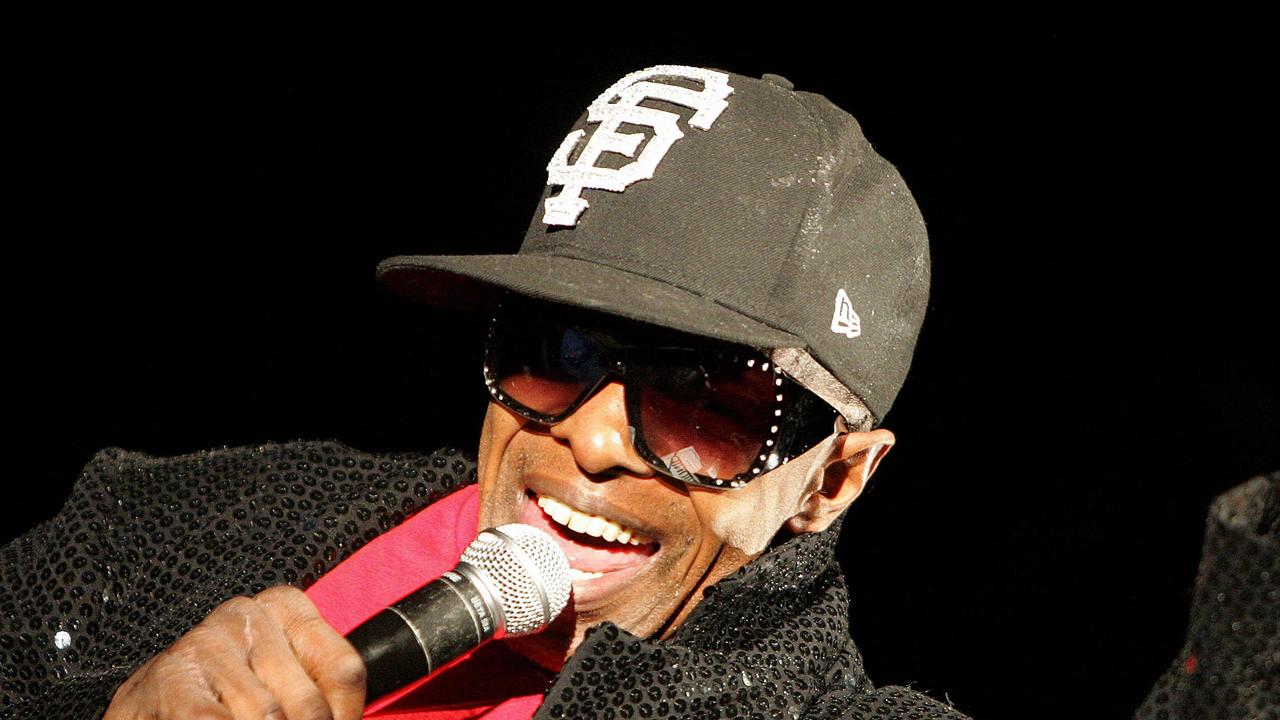Ceberano goes on record for love of tangible music
Kate Ceberano might be pushing against the tide, but she’s unapologetic about her affection for the physical product in music.

“Everything feels ephemeral and transient.” Kate Ceberano might be pushing against the tide, but she’s unapologetic about her affection for the physical product in music.
As ambassador of Record Store Day, in its 12th year, the singer has a point to make about the value of holding an album in your hand.
“Call me old-fashioned,” she says, “but when you hold it, read it, view the photographs of your heroes, they belong to you. It’s not a virtual romance but a romance that bears significance as it becomes a part of that time and place for you.”
Of the $526 million generated in the Australian music industry last year, more than two-thirds came from streaming, up 41 per cent from the previous year.
There’s still life in the physical product yet. Recent vinyl sales rose for the eighth consecutive year, according to the Australian Recording Industry Association.

But while the industry continues to adjust to the realities of the digital age, new figures released yesterday reveal that consumers are spending less on music than they once did.
Researchers from the University of Glasgow and the University of Oslo found that the cost in the US for vinyl in its peak year of 1977, adjusted for inflation, was $US28.55 ($40.18).
As technology evolved, prices dropped to $US16.66 for cassettes in 1988 then rose to $US21.59 for a CD in 2000 before falling to $US11.11 for a digital album in 2013.
Listeners are also spending less, relative to their overall income. In 1977, music made up 4.83 per cent of average weekly salaries in the US; that figure fell to 2.3 per cent for cassettes in 1988, 2.5 per cent for CDs in 2000 and 1.22 per cent in 2013.
The research also reveals a surprising reality about the digital realm, which might otherwise be considered an insubstantial presence: the energy needed to store and process music brings with it a significant environmental cost.
While the industry uses less plastic than before, the researchers translated plastic usage and electricity required to store and transmit audio files into “greenhouse gas equivalents”. According to their calculations, the quantity produced in the US by recorded music was 140 million kilograms in 1977 compared to between 200 million and more than 350 million kilograms in 2016.
All of which will be food for thought for the latest iteration of Record Store Day, held around the world this Saturday. A series of Australian artists, from Courtney Barnett to Midnight Oil, will be unveiling one-off releases, including new pressings and new songs, to mark the occasion.
For Ceberano, the act of downloading or streaming music can’t match the feeling of entering a record store and finding yourself surrounded by countless albums.
“It feels very honest,” she said. “It’s the only way we can truly engage with an artist we love.”



To join the conversation, please log in. Don't have an account? Register
Join the conversation, you are commenting as Logout